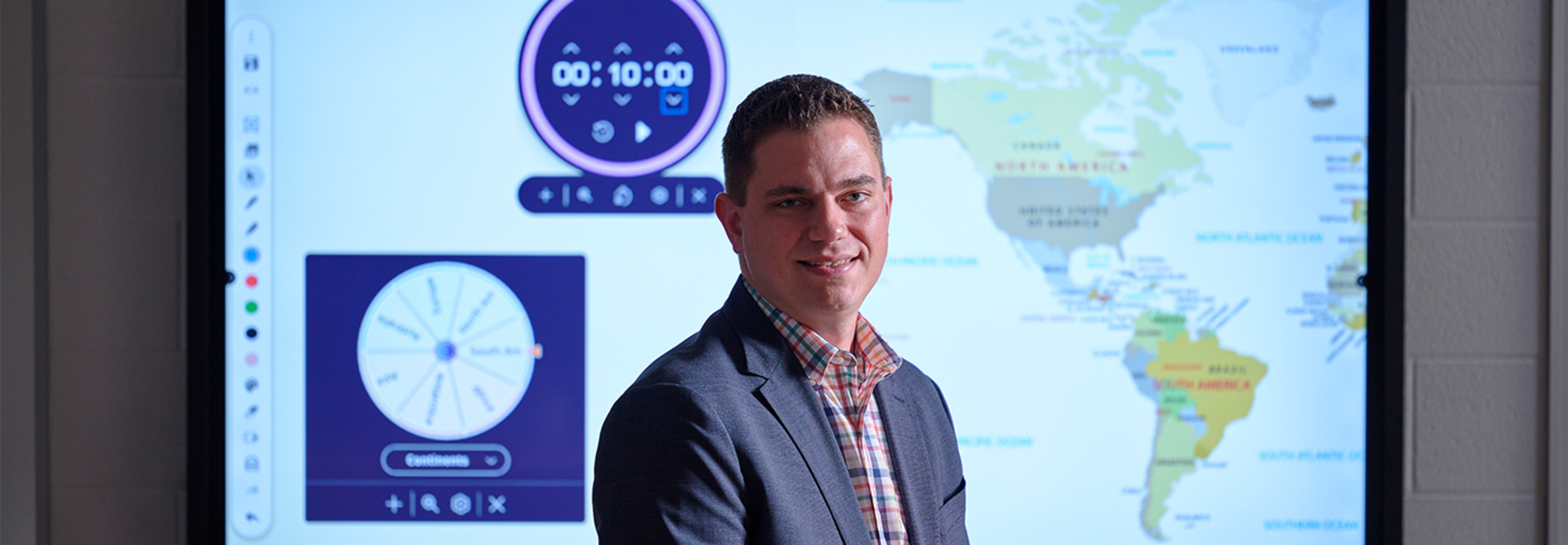That was in early 2022, Cox says, explaining how he sent his technicians out to classrooms to take measurements, check on networking and finalize what was needed in each space. Soon after, the district hired an outside contractor to see the deployment through to completion. Within a few months, KCS distributed its funding and had more than 3,700 new AV units ready for use across 90-plus schools.
In most classrooms, the 4K displays are mounted front and center on the wall. In larger spaces, such as libraries and art rooms, they’re attached to lightweight movable stands. Instructors work with the touch-screen devices the same way they would a tablet or Chromebook. With the swipe of a finger, they can move between screens and instantly pull up new lessons and content.
When combined with effective pedagogy, says Joseph South, chief learning officer at ISTE, these popular whiteboards can be powerful tools for learning. “Good teaching takes full advantage of all the tools available, including digital tools. I would encourage schools to really lean into the interactive element of these boards,” he says.
At KCS, teachers use the boards for warmup exercises, PowerPoint presentations, annotation over content and math problems that students can do in front of the class.
"This is a big investment for the district, but it's also something that teachers use 40 hours per week, all year long,” Cox says. “It’s not just a technology tool; it helps them deliver high-quality instruction."












